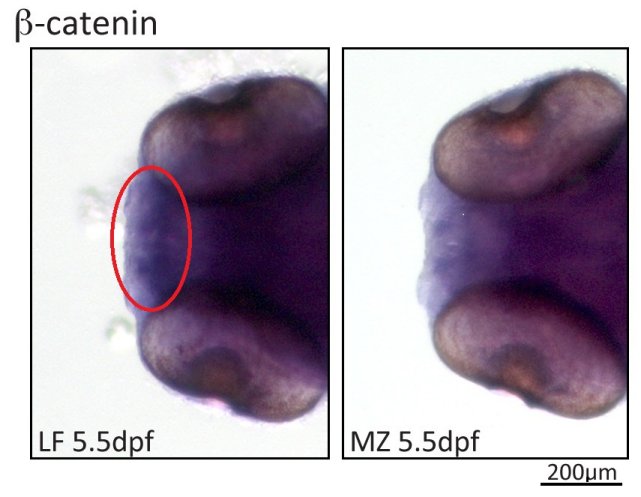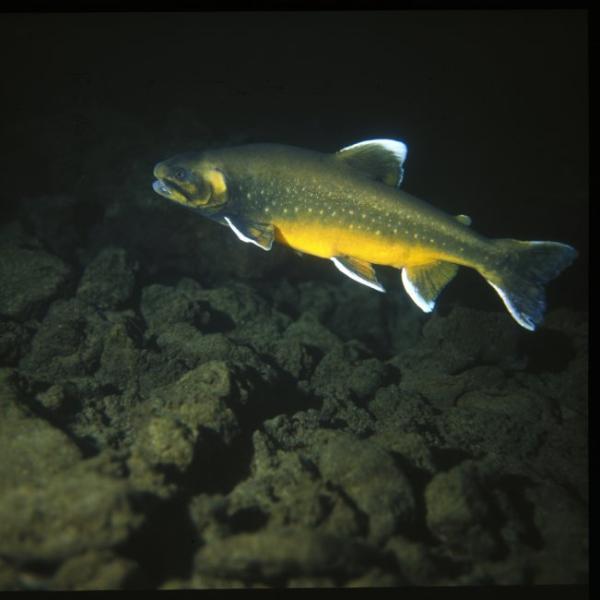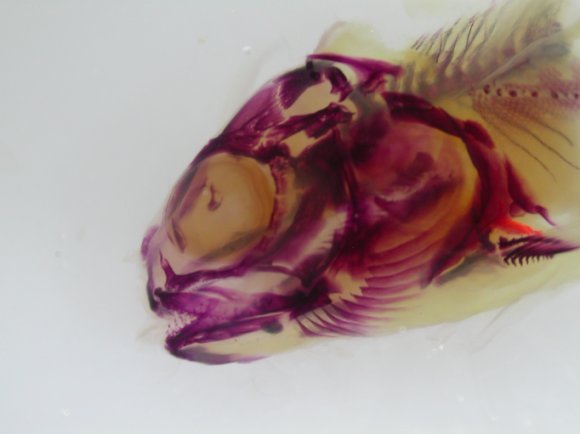Dr Kevin Parsons - Research Interests
Lecturer in Marine and Freshwater Biology
Contact details:
Room 313, Graham Kerr Building
Institute of Biodiversity, Animal Health & Comparative Medicine
College of Medical, Veterinary & Life Sciences
University of Glasgow
Glasgow
G12 8QQ
Tel.: 0141 330 5974
Fax: 0141 330 5971
E-mail: Kevin.Parsons@glasgow.ac.uk
Our research takes an integrative approach towards evolutionary biology and occupies the intersection of genetics, development and ecology. While topics of focus can be broad our research is mainly centered on the craniofacial skeleton in bony fishes. The craniofacial skeleton of fishes provides a number of experimental opportunities, and a wealth of evolutionary divergence. We use both natural populations (e.g. Arctic charr, African cichlids) as well as laboratory models (i.e., the zebrafish) to address the factors underlie patterns of adaptive variation in craniofacial anatomy.
Current and ongoing investigations include:
The genetic and developmental basis of craniofacial shape
 Both African cichlid fishes and Arctic charr exhibit extremely rapid patterns of diversification. Their evolution is characterized by repeated bursts of ecological specialization, which has led to the evolution of dramatically different head jaw shapes. These systems provide outstanding opportunities to identify the genes and regulatory networks that underlie craniofacial diversity. We employ a number of techniques including genetic mapping, population genomics, and RNA-seq to discover genes of interest. Further experiments in these system are designed to take full advantage of the emerging genomic resources for cichlids and charr including fully sequenced genomes. Our developmental experiments seek to determine the specific function of genes as well as their interactions with environmental conditions.
Both African cichlid fishes and Arctic charr exhibit extremely rapid patterns of diversification. Their evolution is characterized by repeated bursts of ecological specialization, which has led to the evolution of dramatically different head jaw shapes. These systems provide outstanding opportunities to identify the genes and regulatory networks that underlie craniofacial diversity. We employ a number of techniques including genetic mapping, population genomics, and RNA-seq to discover genes of interest. Further experiments in these system are designed to take full advantage of the emerging genomic resources for cichlids and charr including fully sequenced genomes. Our developmental experiments seek to determine the specific function of genes as well as their interactions with environmental conditions.
The role of divergent natural selection for determining phenotypes
In order to discern which phenotypes are most relevant to adaptations we must investigate their relationships with fitness and performance. This can involve field-based studies which take into account a number of fitness measures such as fecundity or growth rate, and assessing their relationship to morphological traits. Lab-based studies can also be used to test foraging performance in relation to morphological traits. We use a combination of these approaches with a focus on craniofacial anatomy as divergence in head shape is often a hallmark of adaptive divergence. 
Integration and modularity
Natural selection is not the only factor determining evolutionary divergence. The outcome of adaptive divergence is in fact the result of an interaction between selection and various limitations on development. The developmental system an organism possesses may provide a predisposition towards certain adaptations, or constrain adaptive outcomes. One way in which we can investigate this issue is through the study of phenotypic integration and modularity. Integration refers to the presence of relationships between traits, while modularity refers to the division of integrated traits into further subunits. Modularity may aid adaptive divergence because it can allow one subset of traits to evolve while limiting adaptive tradeoffs on other parts of the phenotype. Our prior research has shown that integration and modularity are a key facilitator of cichlid adaptive radiations, with the oral jaws of these fish comprising a module. We have also made further methodological advances that now allow us to investigate the genetic basis of integration and modularity.
Phenotypic plasticity
Development interacts with both genes and the environment to produce a phenotype. Changes in phenotype due to environmental cues are known as phenotypic plasticity. Once regarded as a nuisance phenomenon phenotypic plasticity has become regarded as an important component of evolutionary divergence. Plastic responses are thought to initiate adaptive divergence, and allow organisms to survive and persist in new environments. Plasticity also has a genetic basis which can evolve just like any other phenotypic trait. This evolution of plasticity can fine tune environmental responses to suit specific habitats. Our research involves determining how morphological traits change in response to environmental cues, how these responses affect or relate to adaptations, and determining the genetic basis of plasticity.



